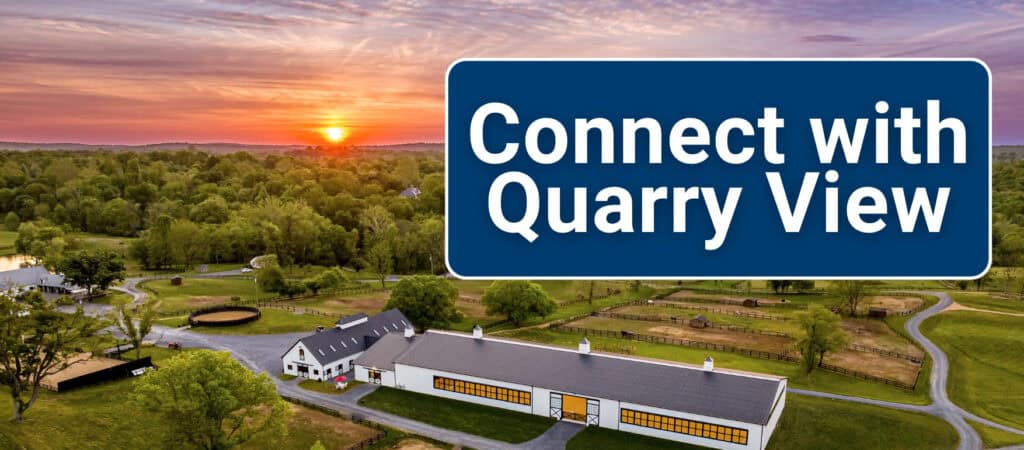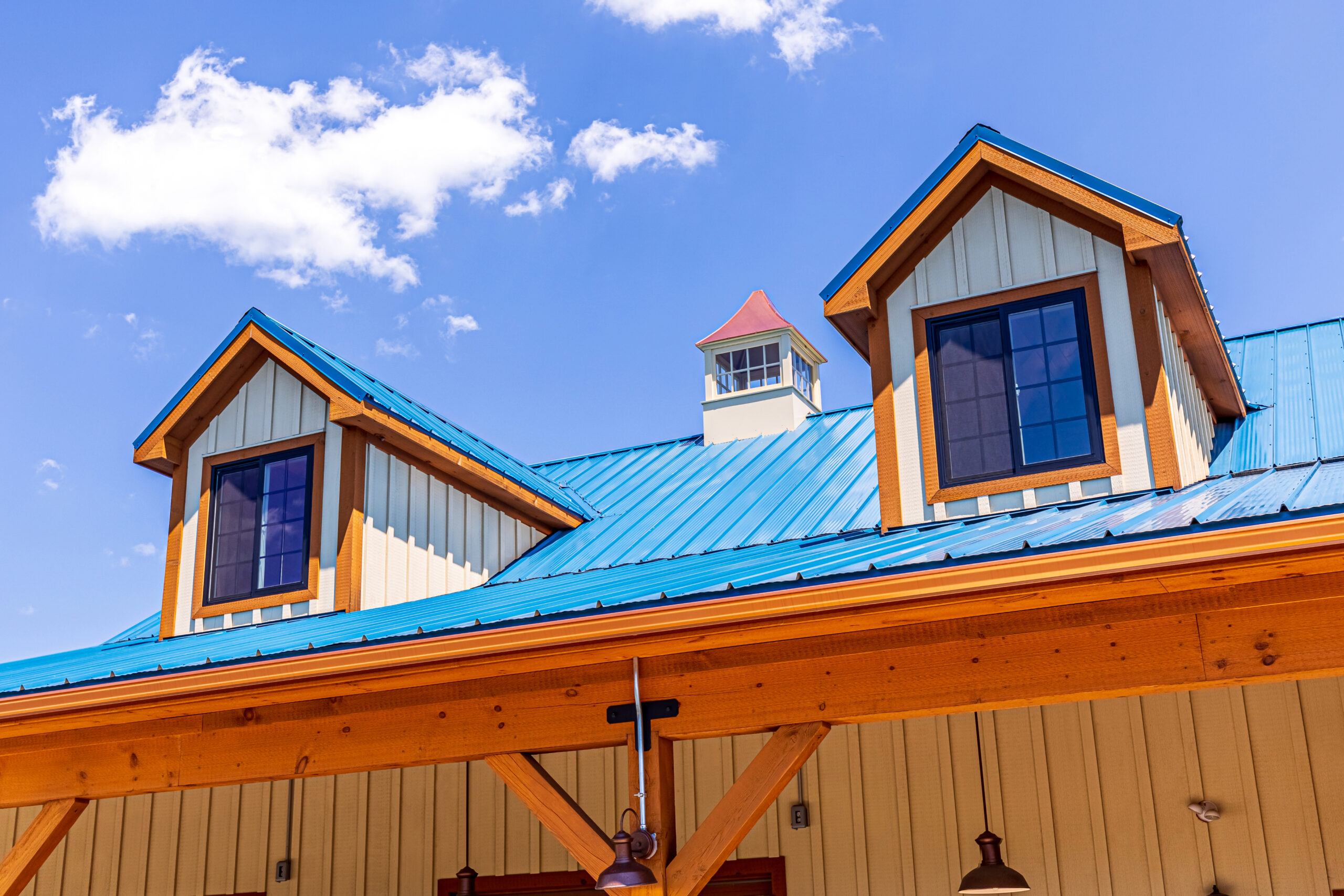
Visitor Centers That Inspire: Building Spaces That Welcome
A visitor center is often the first place people experience when they arrive at a park, preserve, or cultural site. It sets the tone for what follows. The best visitor center construction design blends architecture, landscape, and interior design to create spaces that inform, inspire, and welcome. These buildings are not just entry points. They are places that embody a community’s values, share its stories, and strengthen the connection between people and place.
The Purpose of Modern Visitor Center Construction Design
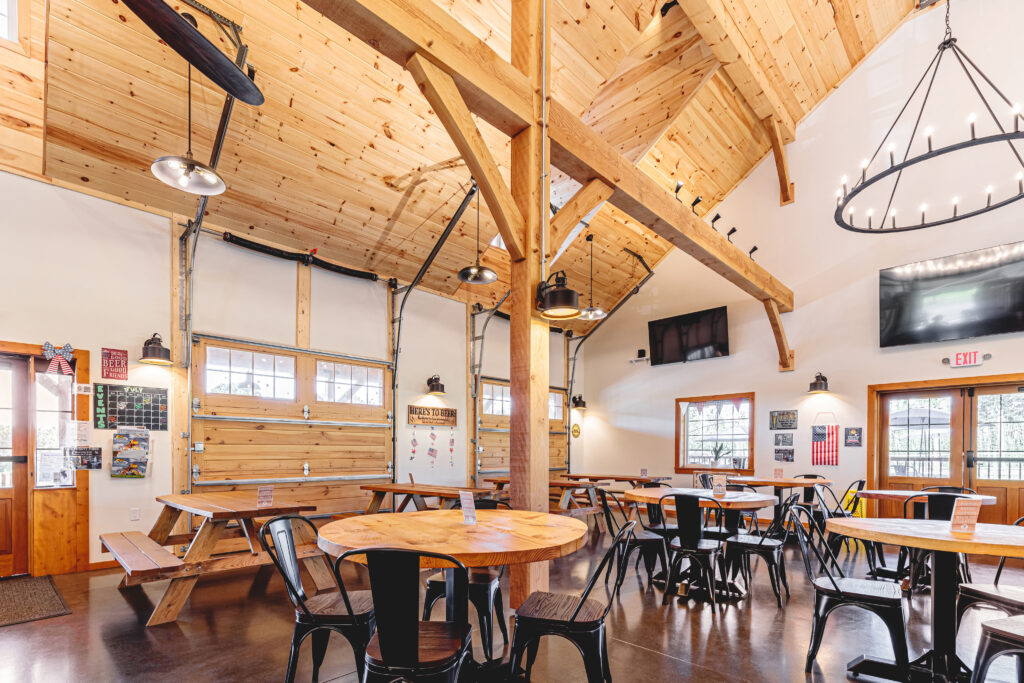
A well-planned visitor center serves multiple roles. It provides practical information for visitors, houses exhibits, and offers a place for reflection or rest. At the same time, it represents the organization or region it belongs to. Whether it is part of the National Park Service, a local community hub, or a privately funded landmark, each center reflects its mission through thoughtful design.
The goal of visitor center construction design is to balance beauty with function. These buildings must serve as comfortable gathering spaces and efficient work environments for staff while maintaining harmony with the surrounding landscape.
Architecture Rooted in Place
Reflecting the Landscape and Region
Visitor centers succeed when they respond to their setting. Architects often use materials and forms that express the landscape, the local climate, and the region’s architectural traditions. A center located near surrounding mountains, for example, might use stone, timber, and large windows to bring in natural light and frame views. This approach allows visitors to feel part of the environment even while indoors.
A sense of place is critical. The building’s orientation, materials, and scale should echo the land it sits on. A visitor center located in Washington or the broader region of the USA, for instance, may draw on the local palette of wood and stone to complement its natural surroundings.
Balancing Preservation and Progress
The design team often faces the challenge of preserving a site’s character while introducing modern amenities. Visitor centers in historic or environmentally sensitive areas must protect the integrity of their setting. At the same time, they can incorporate sustainable features such as energy-efficient windows, low-impact materials, and efficient building systems. The result is architecture that honors the past but serves the future.
Inside the Experience: Interior Design That Invites and Informs
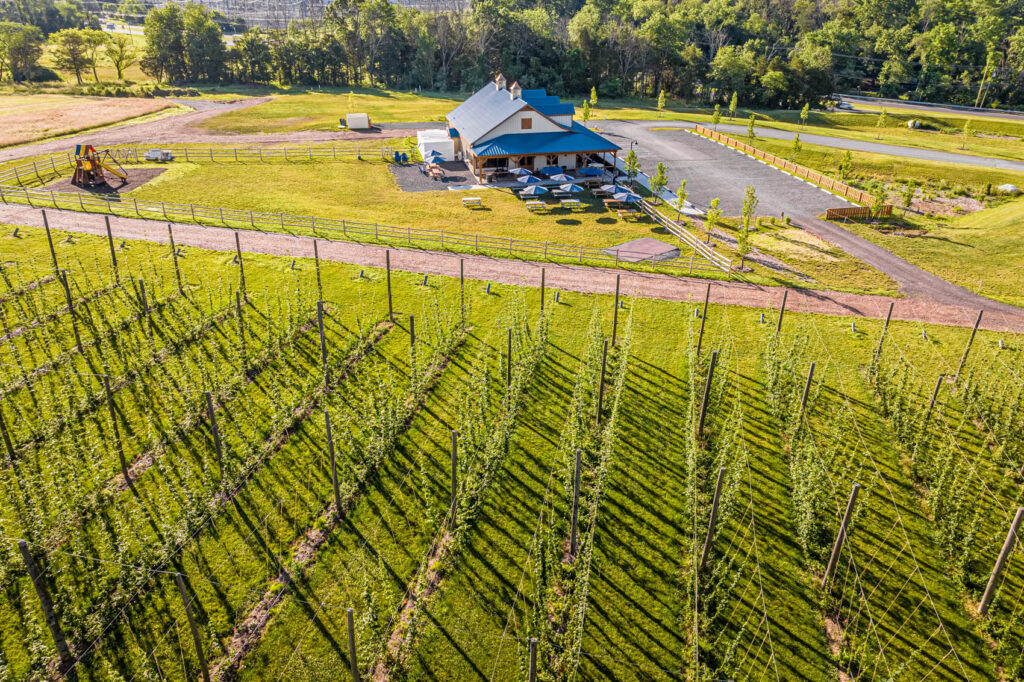
Designing for People and Purpose
Interior design plays a key role in shaping the visitor experience. The best spaces welcome people immediately. They include flexible areas that can host exhibitions, presentations, and community events. Offices and staff areas must be functional and efficient while remaining connected to the public side of the building.
A well-designed visitor center offers both guidance and inspiration. Clear signage, intuitive circulation, and spaces for orientation help visitors begin their journey. Interpretive displays, reading areas, and views through windows provide moments of discovery. Interior design should support the organization’s mission, whether that is education, conservation, or cultural preservation.
Key Features and Details
Successful visitor centers make the boundary between indoors and outdoors feel seamless. Large windows bring in daylight and offer views of the surrounding landscape. Durable and natural materials make interiors feel comfortable and authentic. Accessibility and climate control ensure that all visitors, regardless of age or ability, can enjoy their time inside.
Community Involvement and Stewardship
Engaging the Local Community
Community involvement strengthens every visitor center project. Input from local advocates, residents, and organizations helps ensure that the design reflects shared values. Public workshops, listening sessions, and collaboration with regional groups can shape everything from the center’s programming to its visual identity. This engagement builds pride and long-term support for the facility.
Serving as a Hub
Visitor centers are more than buildings; they are places where people connect. Many serve as community hubs that host educational programs, celebrations, and volunteer activities. They help visitors understand the importance of preservation and encourage them to participate in protecting the region’s natural and cultural resources. Through their design and function, these spaces reinforce stewardship and connection.
Construction and Craft: From Vision to Completion
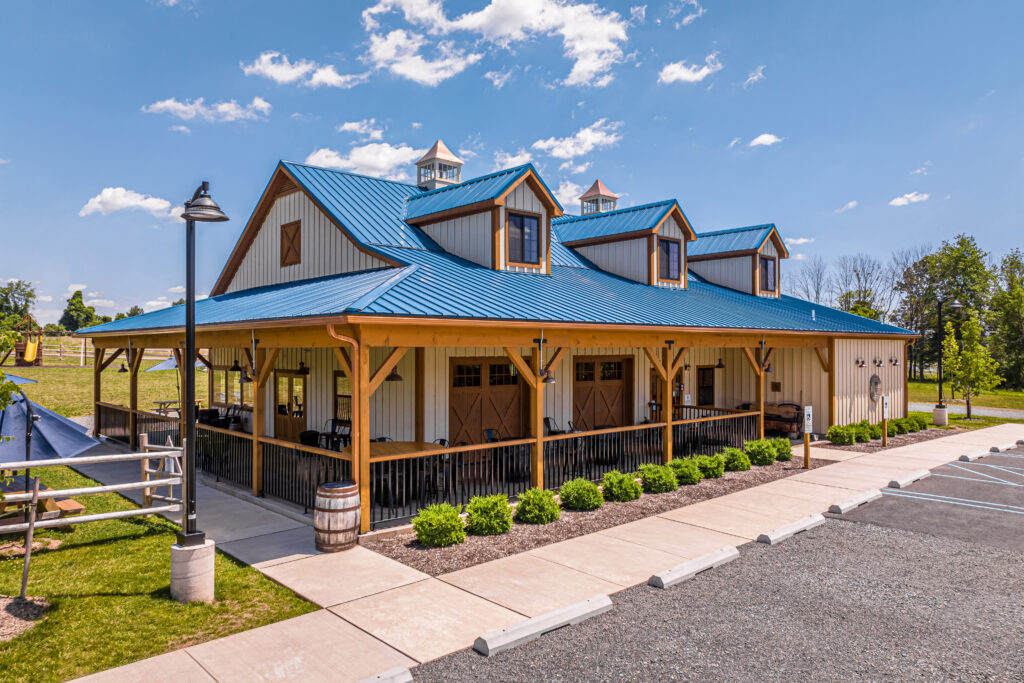
Managing the Project with Care
Every visitor center construction project requires careful planning. Coordination among architects, builders, and stakeholders ensures that the project objectives remain aligned from concept through completion. Early site evaluation, code review, and budgeting help keep the process efficient and transparent. The construction team must also plan for weather, access, and protection of nearby features such as trees, waterways, or historic structures.
Building Systems and Performance
Durability and efficiency matter as much as appearance. Modern visitor centers often include mechanical systems that minimize energy use and improve indoor air quality. Choosing high-quality materials reduces maintenance costs and extends the life of the building. Energy-efficient lighting, proper insulation, and water-saving fixtures reduce environmental impact while improving comfort for both visitors and staff.
Celebrating Nature and Design Together
Building for the Future
The best visitor centers connect architecture and nature. They encourage visitors to pause, look, and learn. A well-planned visitor center design strengthens advocacy for the natural and cultural environment it represents. By celebrating local materials, community involvement, and responsible construction, each project contributes to the long-term protection of the area it serves.
Case Studies in Inspiration
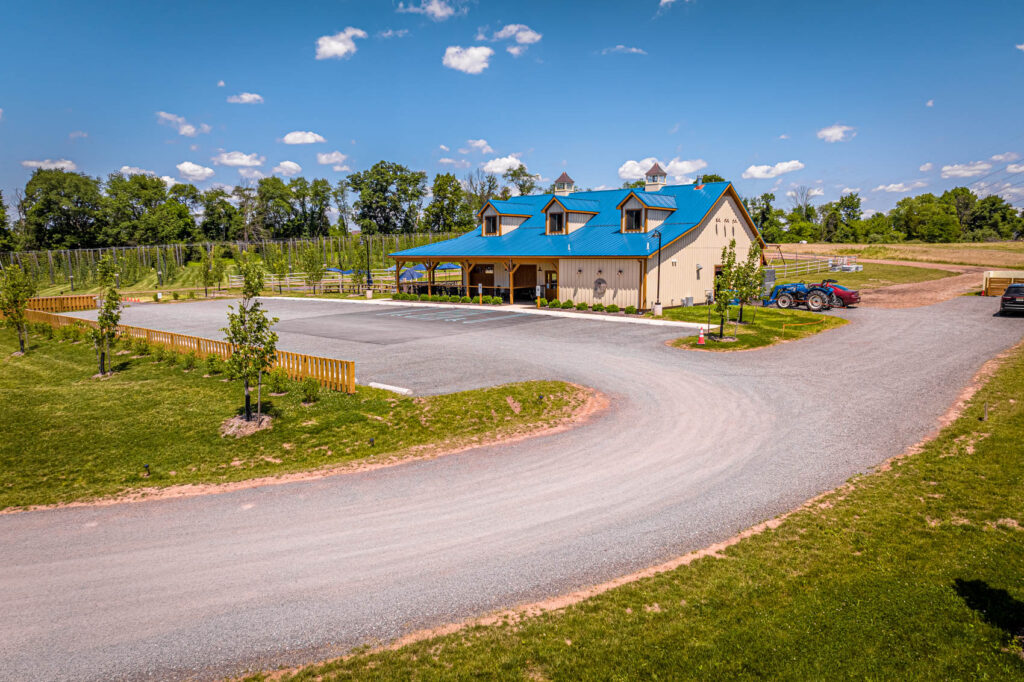
A National Park Gateway
A visitor center located near a mountain range uses broad windows and open gathering spaces to highlight its surroundings. The design includes local stone and timber, reflecting the character of nearby trails and forested slopes. Visitors enjoy panoramic views while learning about the region’s ecology and history.
A Community Heritage Center
A regional visitor center established in a historic district serves as both a museum and a meeting place. Its architecture echoes traditional American architecture but includes contemporary materials that meet energy codes. The project team worked with local preservation advocates to balance restoration and modernization. The result is a space that celebrates heritage and welcomes future generations.
Building Spaces That Welcome and Endure
Visitor centers bring together people, place, and purpose through thoughtful architecture and craftsmanship. The most successful centers are rooted in their surroundings and shaped by community input. They combine durability with beauty, comfort with education, and history with innovation.
By investing in careful planning, collaboration, and sustainable construction, project teams can ensure that visitor centers continue to inspire. Each building becomes more than a stop along a journey; it becomes a destination in itself, one that welcomes, teaches, and reminds us why preservation and design belong together.
